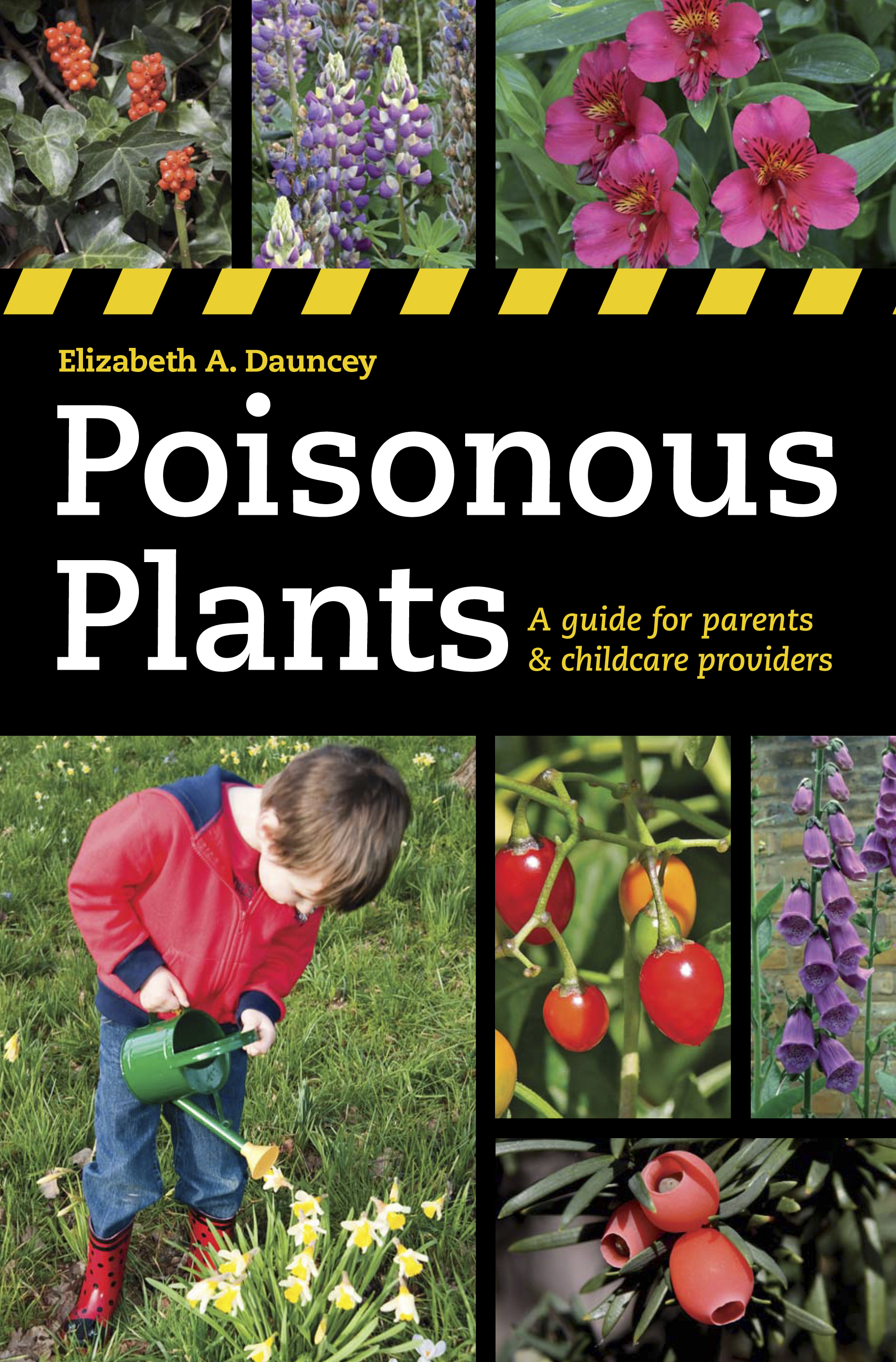publication date: Aug 3, 2010
|
author/source: Anne Coates
 Poisonous Plants
Poisonous Plants profiles 132 plants that can be
harmful to humans if eaten, or in some cases touched. Although you might be unsurprised the see the
stinging nettle listed,
rhubarb can also cause problems if the leaves or uncooked stems are eaten and the
foxglove can cause severe
poisoning if ingested.
This guide aims to reduce anxiety about
poisonous plants and is the result of a long-standing
collaboration between the
Royal Botanic Gardens, Kew and the
Medical Toxicology Information Services at Guy's and St Thomas' Hospital, London.
The beginning of
Poisonous Plants gives information on how
plants cause harm, risk and
A Safe Garden. Plus there is a useful
first aid and emergency advice section from the
Medical Toxicology Information Services. The main part of the book is the
plant profiles which are divided into
outdoor and indoor plants.Each profile give the botanical name, then common names, the family, the
main toxin, risk, symptoms and HTA (
Horticultural Trades Association) category – A most likely to cause harm, C least likely. Each
profile is beautifully
illustrated.
Poisonous Plants, A guide for parents and childcare providers is an excellent book to keep as a handy reference. It's full of excellent
advice and tips for anyone who has a garden or
houseplants.
Poisonous Plants: A Guide for Parents & Childcare Providers
is available from
Amazon and www.kewbooks.co.uk.
 Poisonous Plants profiles 132 plants that can be harmful to humans if eaten, or in some cases touched. Although you might be unsurprised the see the stinging nettle listed, rhubarb can also cause problems if the leaves or uncooked stems are eaten and the foxglove can cause severe poisoning if ingested.
Poisonous Plants profiles 132 plants that can be harmful to humans if eaten, or in some cases touched. Although you might be unsurprised the see the stinging nettle listed, rhubarb can also cause problems if the leaves or uncooked stems are eaten and the foxglove can cause severe poisoning if ingested.